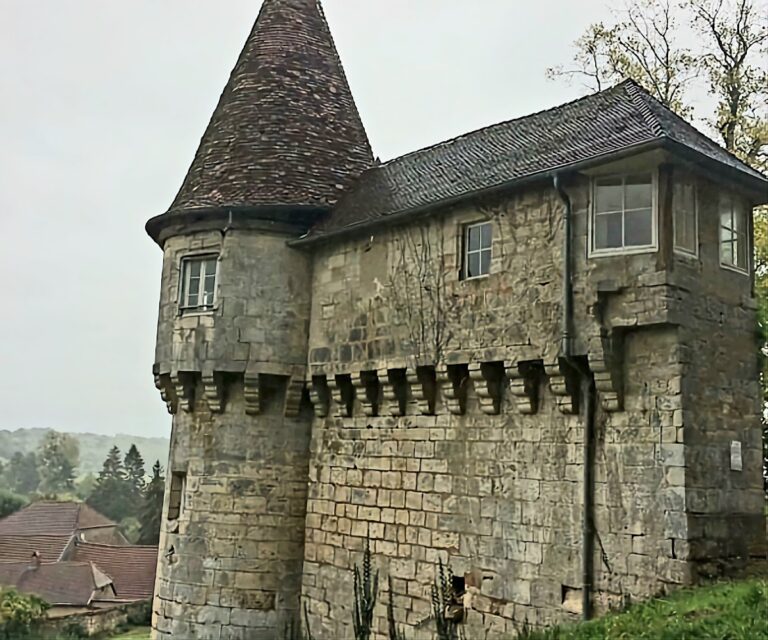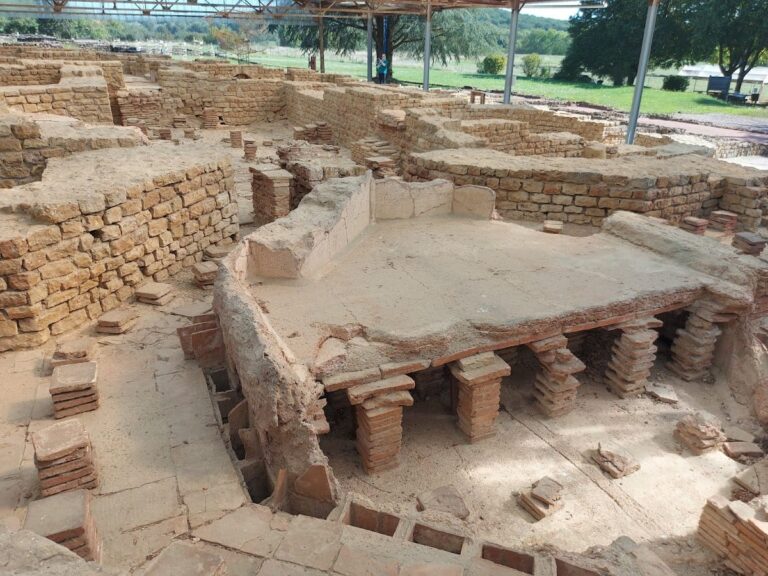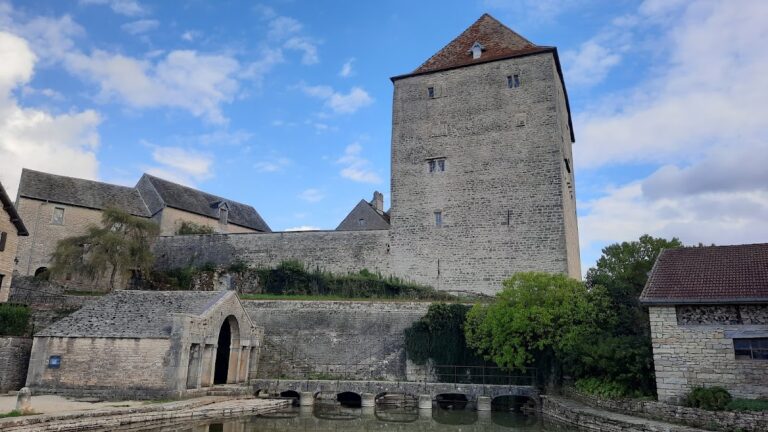Château de Bougey: A Historic Castle in France
Visitor Information
Google Rating: 4.4
Popularity: Very Low
Google Maps: View on Google Maps
Official Website: www.chateau-de-bougey.com
Country: France
Civilization: Unclassified
Remains: Military
History
The Château de Bougey is situated in the commune of Bougey in France and was originally constructed by the medieval society inhabiting the region. Established as a fortified castle, it served both defensive and residential functions during the Middle Ages.
Constructed with four towers flanking its perimeter, the castle formed part of the local defensive network. Of these, only one tower, dated 1585, survives today. Over the centuries, the original medieval fortifications were augmented with architectural influences from neighboring regions, notably Lorraine and Champagne. These adaptations reflect the castle’s evolution in design and function beyond its initial military purpose.
In the 19th and 20th centuries, the castle’s role shifted from a stronghold to agricultural use, functioning as a farm. During the Second World War, specifically in 1944, the castle took on a humanitarian role as a secret hospital. It provided medical care for both German soldiers and local members of the French resistance, highlighting the complex history of the site during this turbulent period.
Recognition of the Château de Bougey’s historical importance came with its designation as a protected historic monument in 1979. Initially, this status applied to key parts of the structure, including the entrance, the surviving round tower, and part of the south wing. In 2020, this protection was extended to encompass the entire castle and its basement, underlining ongoing efforts to preserve the site. That same year, the castle hosted an exhibition marking the year 1814 and celebrating the nearby town of Vesoul as the capital of the Franche-Comté state, situating the castle within the broader regional history.
Remains
The Château de Bougey presents a blend of medieval and later architectural elements, centered around its defensive layout. The castle’s most prominent surviving feature is a round tower dated 1585, which stands as the only remnant of the original four towers that once guarded the perimeter. This tower is constructed of stone and exhibits traditional defensive design from the late Renaissance period, offering insights into the castle’s military architecture.
A distinctive feature of the castle is its watchtower, which includes a small turret known as a clocheton positioned atop a bretèche. The bretèche is a projecting stone structure cantilevered over the wall, designed to allow defenders to observe or attack assailants below. This combination of elements highlights the strategic emphasis placed on surveillance and defense in the castle’s design.
The castle’s stone walls bear an unusual form of raised stonework referred to as “bossages en pustules.” The exact purpose of this textured surface remains unclear, but it contributes distinctively to the castle’s external appearance and construction technique.
Later additions to the castle include elements styled after the Lorraine and Champagne regions, reflecting architectural influences that extend beyond the original medieval fortifications. The more classical sections of the building feature windows framed with balustrades, signaling a transition towards decorative and residential functions.
Heraldic arms are displayed above the castle’s entrance, providing both a decorative and symbolic mark of identity or ownership. Additionally, within the inner courtyard, a well remains in place, underscoring the castle’s self-sustaining design.
The preservation of the castle’s basement alongside the main structures enables a comprehensive understanding of its spatial organization. Today, despite the partial loss of its original towers, the Château de Bougey retains sufficient integrity to serve as a cultural site, maintaining its historical fabric through careful conservation efforts.










